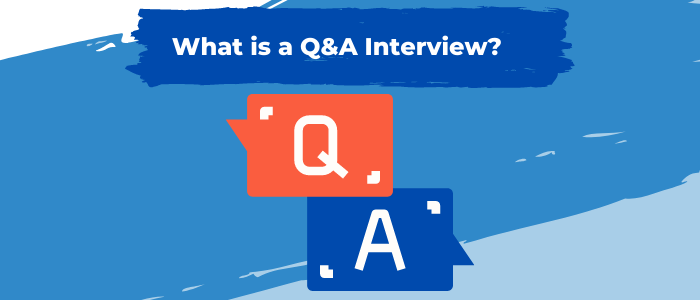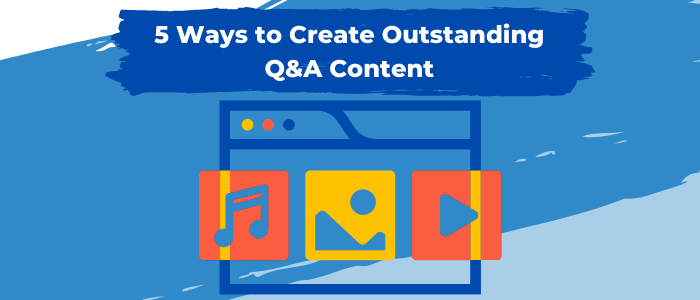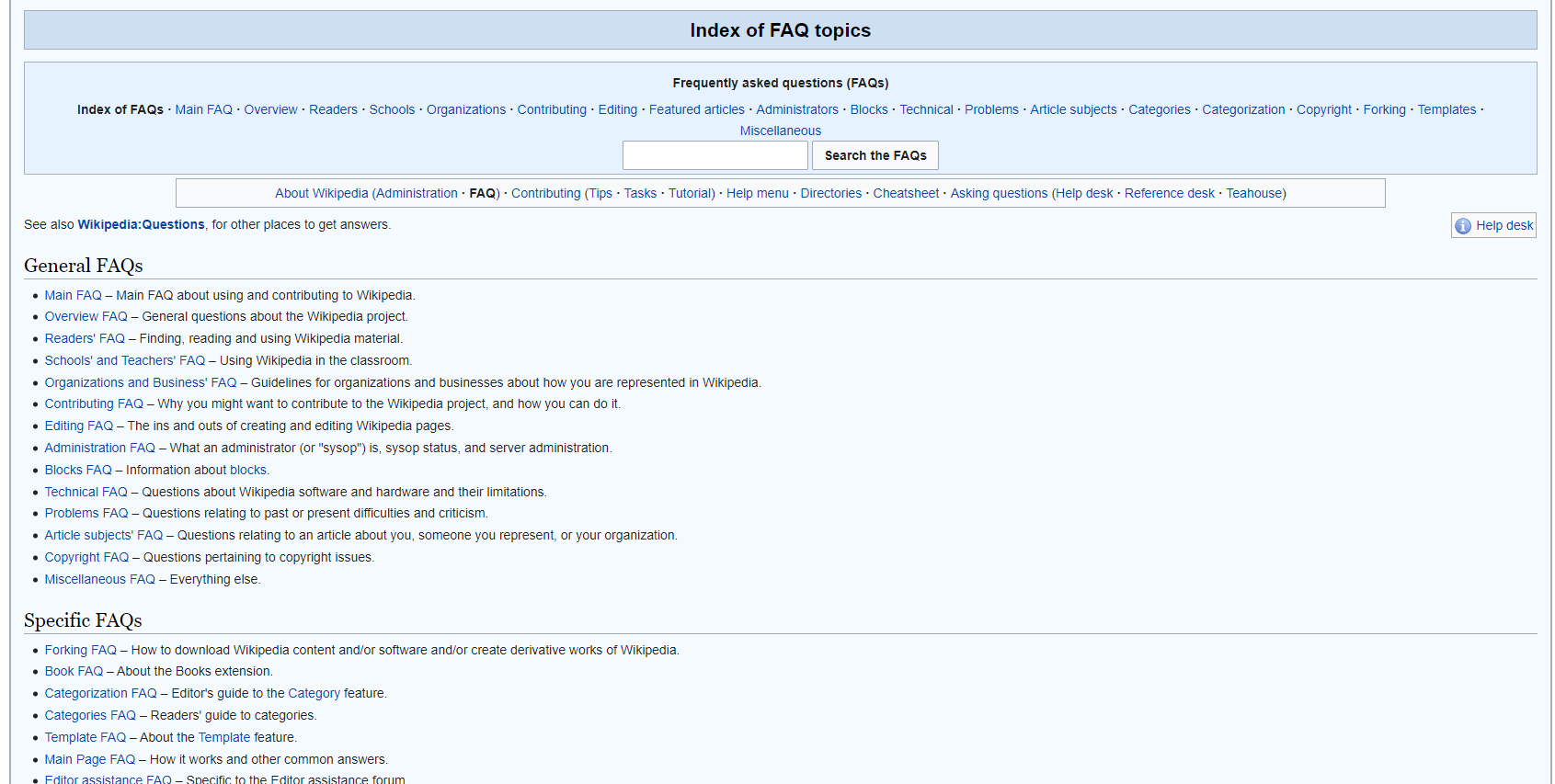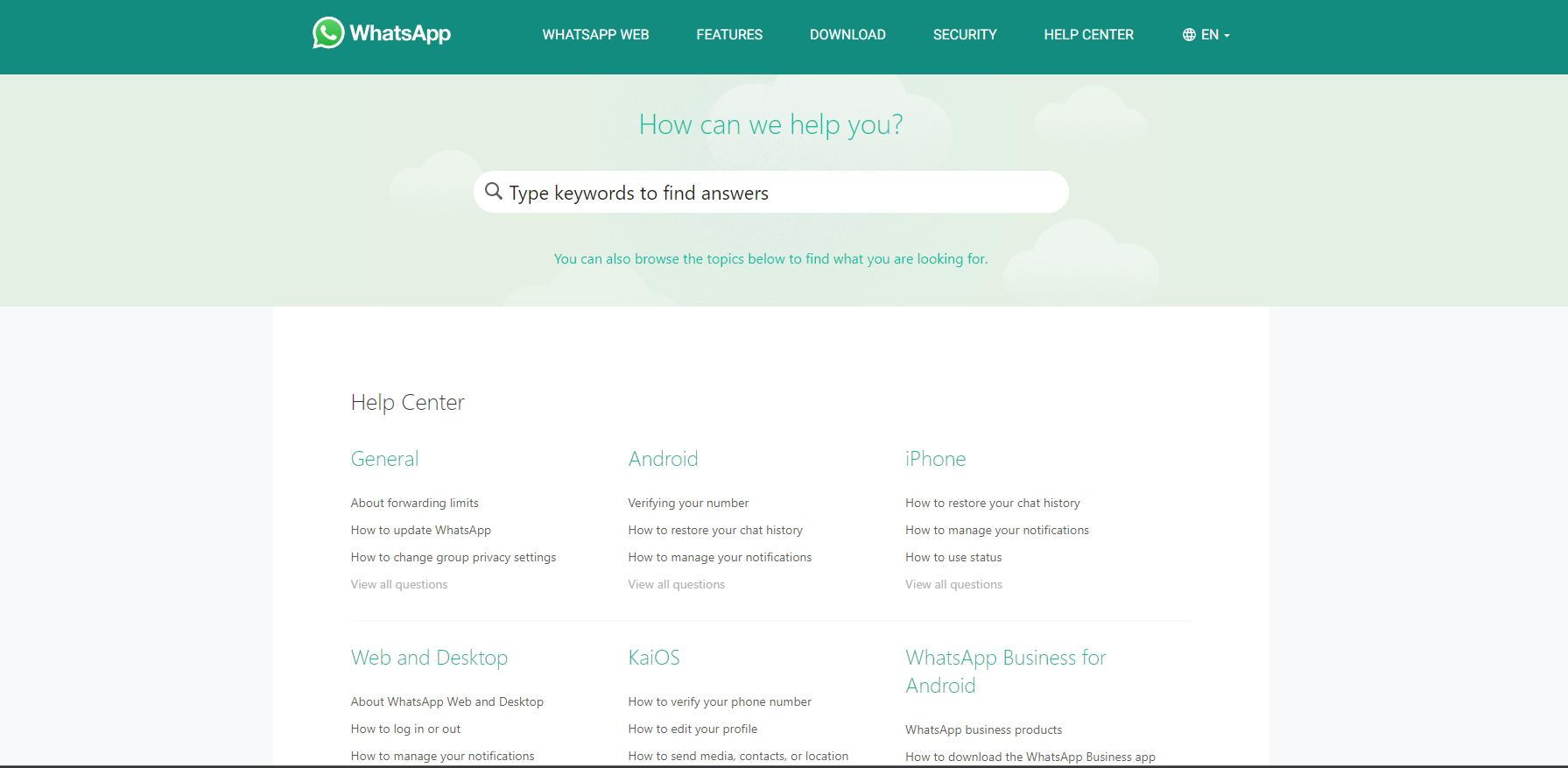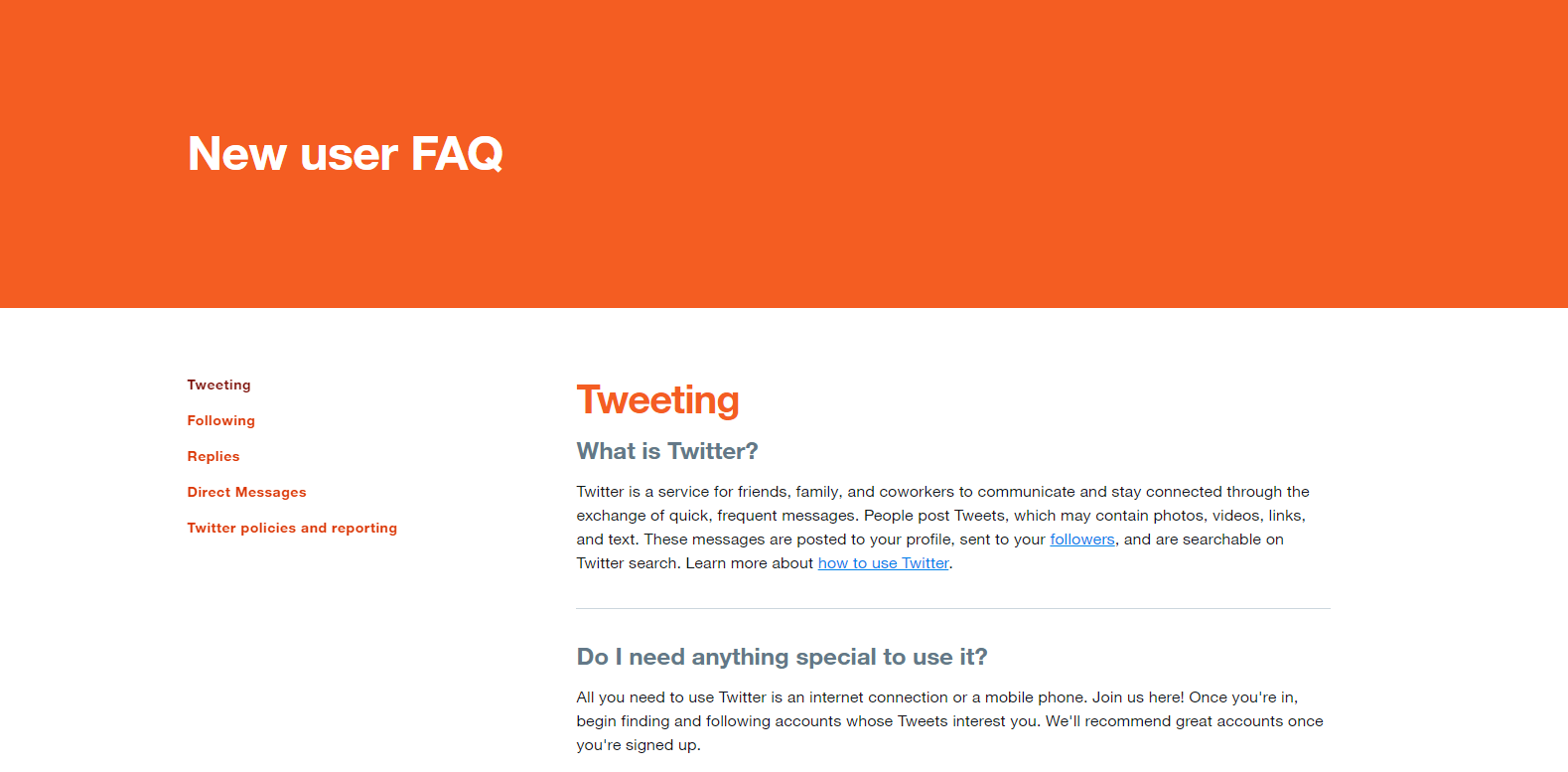- Blog Home
- Content
- Ciara Antolini
- How To Write Q&A Content
How to Write Q&A Content
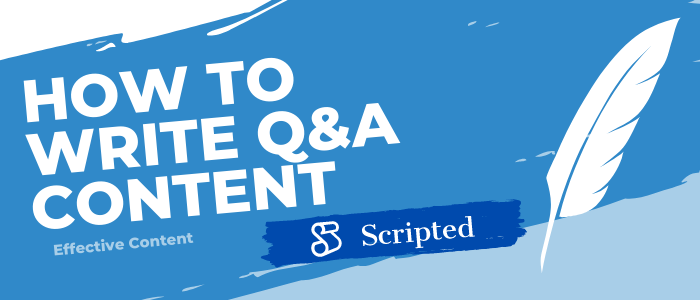
Q&A content: it’s an often overlooked part of websites. Unless you need it, you probably pay little attention to the Q&A interview on the site you’re visiting. If you’re running a site of your own, though, it’s time to think about this essential page. Not only will it help your customers find answers to their questions, but it can boost your conversions and help your site stand out and become more competitive in your industry.
Still, writing great Q&A content is easier said than done. In this post, we’ll examine the ins and outs of Q&A material, and what you need to know about developing it for your site.
Let’s dive in.
What is a Q&A Interview?
While a Q&A page may seem simple, it’s tough to sum it up succinctly. Here’s how Neil Patel does it:
Q&A stands for “question and answer,” which is like an FAQ page, but it usually provides a more personal experience for the viewer or reader. This is because a Q&A format often makes it possible for whoever is looking to get involved in the question-and-answer process.
When you set out to build Q&A content for your site, understanding its ultimate purpose is an essential building block.
When done right, a great Q&A page:
- Saves you time and provides better service to your customers.
- Drives new website traffic and customers.
- Builds trust, showcases your authority and helps customers relate to and rely on your brand.
5 Ways to Create Outstanding Q&A Content
Ready to write Q&A content for your site? Here are five tips to keep yours succinct and effective:
1. Keep it short
Keep your questions short, snappy, and to the point. Your answers should be the same way. The shorter and more succinct you can keep your pages, the more clear and impactful they’ll be for your readers.
Here’s what we recommend:
Make the first draft of your Q&A page and write out your questions and answers in the longest form you’d like. Once you've done that, go back and edit out all the “fat.”
While there are some places where long-form content wins out over short content, a Q&A page is not one of them. Keep it short and snappy to keep your readers engaged and provide as much value as possible for them.
2. Keep it specific
One surefire way for Q&A pages to not be helpful is to make them too broad. Here’s an example:
If you run a software company, an example of a too-general Q&A question would be “How do I use your product?”
Not only is this not helpful, but it stands to confuse your readers more.
Instead, give them a specific question (“How do I use the CRM aspect of your product?”) and then point them to specific resources and answers. When it comes to providing extensive access to key support and resources, we love how Wikipedia gets it done.
The page they provide is a good example of an “old-school” FAQ page, but it provides plenty of information for customers. The organization keeps it from feeling overwhelming, while the assortment of resources and helps make it functional for users.
In everything you do with your Q&A page, think about keeping it simple, keeping it tight, providing resources and backup, and keeping it succinct. The more detailed and focused you can get, the better.
3. Put yourself in your customers’ shoes
While a Q&A page can further and support your SEO efforts and help drive website traffic, its primary purpose is to cater to your customers. Start building your FAQ page by looking at your customers’ questions.
Here are a few places to find common customer questions:
- Your email inbox
- Your social media accounts
- Industry-specific Quora pages
- Forum pages related to your product or industry
As you browse these sources, put yourself in your customer's shoes. What makes them hesitate before they buy? What are their biggest pain points with your product or offer? What are the sticking points?
While you consider those questions, think about how you can craft a Q&A page that automates the answers to these questions and helps them navigate your offerings more simply.
For an example of a brand that hits this out of the park, check out WhatsApp.
Besides being highly usable, this page is categorized beautifully, which makes it easy and informative for customers to use.
4. Check out your competitors
Your competitors can be a great source for focused FAQ pages. If you’re a relatively new company without a large bank of customer queries — look at your competitor pages. Competitors with similar websites can give you an idea of what questions you should be asking. Even better, you’ll get a shot to answer those questions more effectively than your competition!
5. Include some general questions
Besides answering highly specific, tailored questions on your FAQ page include some general questions about your product or industry. For example, if you sell pants, you might include a question like “How do I measure my pants size?”
This may seem like a simple tip, but it serves a very important purpose.
By answering this question correctly and extensively, you make your brand more visible to people researching your industry or product, even if they don’t know about your brand yet. If you land in the “featured snippets” section of the search engine results page, you’ll draw more attention to your page and earn yourself some new customers quickly and easily.
For an example of a brand that does this well, check out Twitter’s New User page.
The page is an outstanding example of general and product-specific questions, usability, and focus on the customer.
Scripted can Help You Craft Outstanding Q&A Content
If you’re writing the Q&A page for your site, Scripted can help. Our platform connects businesses like yours with the skilled writers they need to craft high-quality, industry-specific content. Ready to learn more? Hire writers today!
